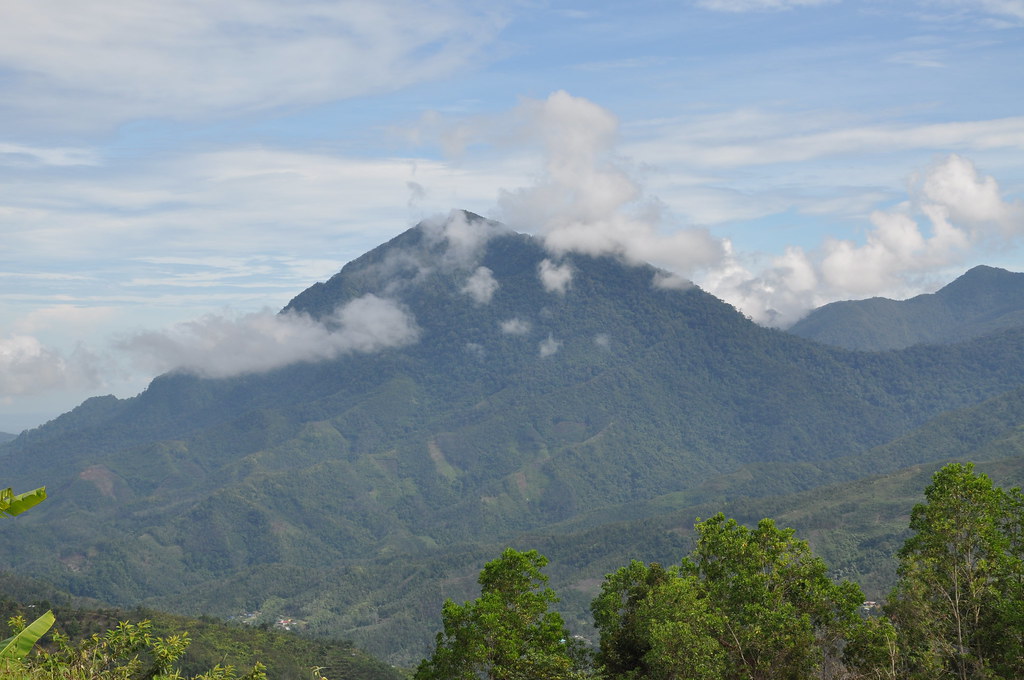The holotype was collected by Johann Büttikofer, and the specific name buettikoferi is derived from his surname.
The Kinabalu leech is not hematophagic and feeds only on worms such as the Kinabalu giant earthworm, Pheretima darnleiensis. It lives in the damp leaf litter and soil that often accumulates in fissures. It can be found in Kinabalu Park at an elevation of 2,500 to 3,000 metres where the trail runs over a rocky outcrop near to the Mempening and Paka Cave shelters. It is usually seen during or after heavy downpours.
Most unfortunately, both for it and for those of us who appreciate the wonders of Nature, the Kinabalu Giant Red Leech has an extremely limited range of habitation. That’s so restricted, in fact, that this marvel of evolution only appears on a single mountain! It appears only on Mount Kinabalu. Evidence further indicates that the remarkable creature never appeared beyond there. Yet even there, it only makes its home in very specific environments. The selective species at altitudes ranging between 2,500 – 3,000 m. It further resides only in fissures in the local rocks that possess a loose collection of damp soil and leaves.
The astounding Kinabalu Giant Red Leech differs from most of its kindred, though. In its case, this difference manifests itself in terms of its diet. That holds true because, unlike most of its kindred, it does not feed on the blood of its prey. Instead, it feeds carnivorously. Even in this, however, it demonstrates an extraordinary degree of specialization. It consumes only worms for its nourishment. It further feeds almost exclusively on a single species, the Kinabalu Giant Earthworm, which likewise lives only on the same mountain.
According to ourbreathingplanet.com and Wikipedia.org














